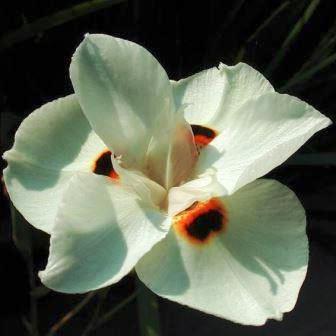This item has closed 1 buyer bought 1 item
View other items offered by Seeds and All84994
10 Dietes bicolor Seeds - Indigenous Perennial Bulb Seeds - Flat Ship Rate
New
R6.00
Closed
13 Feb 16 09:33
Shipping
Standard courier shipping from R60
R60 Standard shipping applies to orders under R100, in most areas in South Africa. R30 Standard shipping applies to orders over R100. Some areas may attract a R30 surcharge. This will be calculated at checkout if applicable.
Check my rate
Check my rate
Ready to ship in
The seller has indicated that they will usually have this item
ready to ship within 3 business days. Shipping time depends on your delivery address. The most
accurate delivery time will be calculated at checkout, but in
general, the following shipping times apply:
Standard Delivery
| Main centres: | 1-3 business days |
| Regional areas: | 3-4 business days |
| Remote areas: | 3-5 business days |
Buyer Protection
How you're covered
Get it now, pay later
Product information
Condition:
New
Location:
South Africa
Customer ratings:
Product code:
*Dietes bicolor 10
Bob Shop ID:
218138156




